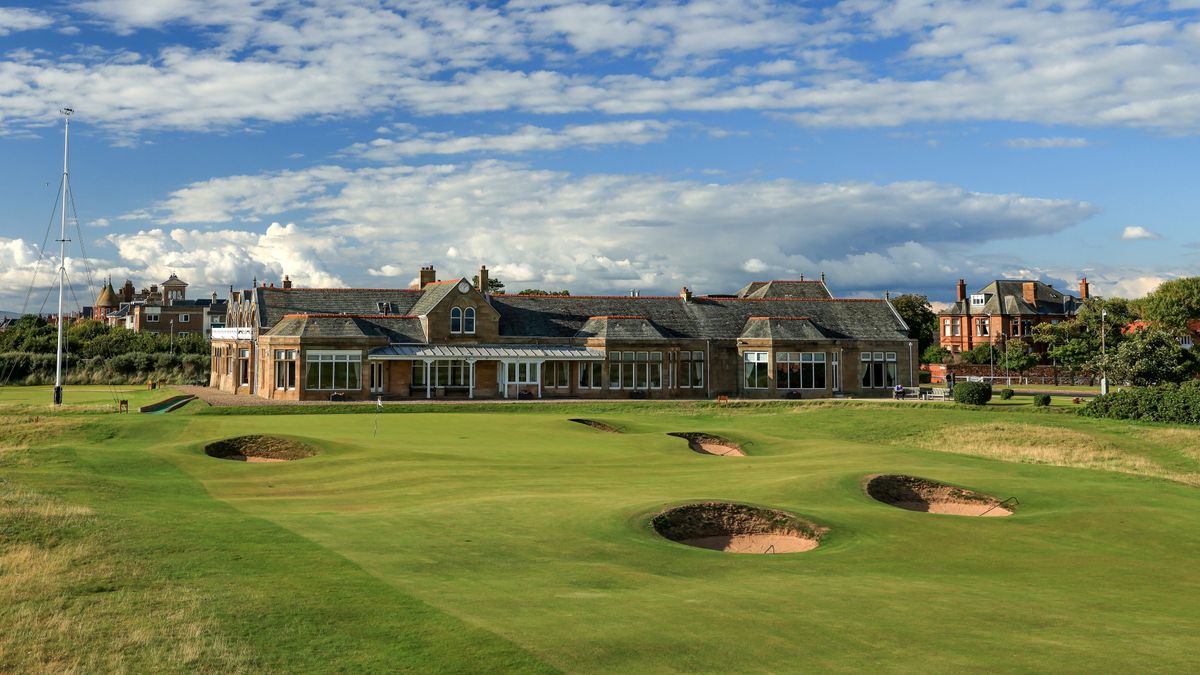There are two ways that a golf club gets to have Royal in its name. The first way is that a monarch confers this title on a club.
The first golf club to be granted royal status in this way was the Perth Golfing Society and County and City Club Society. It was formed in 1824, and in 1833 King William IV awarded it royal status, after the club captain, Lord Kinnaird, had invited the king, who had recently taken up the game, to become the club’s patron. A year later William IV honoured in the same fashion another club of which he was patron, hence why we have The Royal and Ancient Golf Club of St Andrews.
But it is not just British monarchs who have awarded club Royal status. The Spanish royal family have conferred this title – well, the title of ‘Real’ to be exact – on around two dozen clubs, and the Belgian monarchs have a tally creeping into double figures.
British kings and queens are responsible however for creating the majority of royal clubs, having conferred this title upon clubs across the globe, including in countries where the monarch did not reign. Indeed the last club to be given royal status by Queen Elizabeth II was Royal Homburger Golf Club in Germany, a club with long standing links to the British royal family dating from its foundation in 1899.
The last club in Britain to receive this honour was Royal Troon, in 1978, on the occasion of its 100th anniversary.
As to how the process works, well it is shrouded in some secrecy. We know who had got it, but not which clubs have applied and been refused. Scott Macpherson in his book Golf’s Royal Clubs, published in 2013, says that the criteria was “institutions of eminence, long standing and secure financial position, and devoted to national, charitable and scientific objects.”
But Sir Peter Allen in The Sunley Book of Royal Golf, published in 1989, wrote concerning those clubs who had received the accolade that: “no pattern could be found. Those that strove for the title often seem to have got it, especially in the Dominions and Empire.”
The second way? Simply that a club itself decides to put ‘royal’ into its name. For example, Royal Tara Golf Club in Ireland gave itself this name on the basis that the course is located near where the ancient kings of Ireland used to live, and Royal Spring Golf Course in India takes its name from the springs formerly used by by Mughal emperors.

